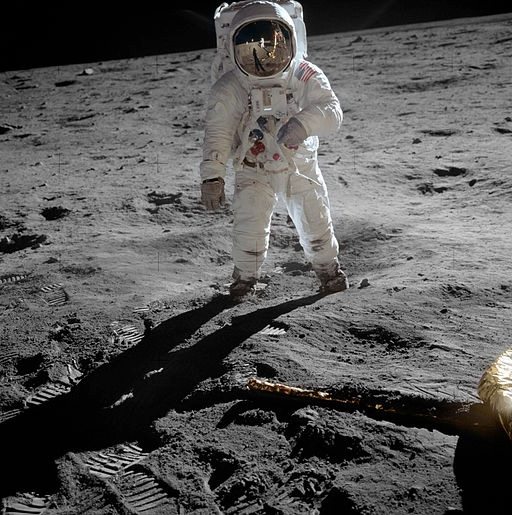
May 24, 2017; New York Times
We’ve heard before about administrative mistakes that can cost organizations a great deal of money or social capital, but NASA must be kicking itself extra hard about this one.
In 2003, Max Ary, the director of a Kansas space museum called the Cosmosphere, was convicted for stealing artifacts from the museum and selling them for profit. When searching his garage, authorities found the bag used by Neil Armstrong to collect lunar samples on the famous Apollo 11 expedition to the moon. Thinking that the Apollo 11 bag had already been sold in 2001, the government classified their find as a bag from a later mission, and put it up for auction in 2015. An Illinois lawyer named Nancy Carlson bought it for $995.
Carlson sent the bag to Johnson Space Center in Houston for analysis. When they realized what they had, they kept it. After all, it had been stolen from them in the first place.
Carlson sued to get it back, and in February, a federal court took her side and ordered NASA to return the artifact. It is scheduled to go up for auction on July 20th and is expected to sell for at least $4 million.
NASA is, obviously, unhappy about the outcome. The agency issued a statement, saying, “This artifact, we believe, belongs to the American people and should be on display for the public, which is where it was before all of these unfortunate events occurred.”
Sign up for our free newsletters
Subscribe to NPQ's newsletters to have our top stories delivered directly to your inbox.
By signing up, you agree to our privacy policy and terms of use, and to receive messages from NPQ and our partners.
Many citizens might agree. Cassandra Hatton, a vice president and senior specialist at Sotheby’s, said, “This bag is not only from the first mission, but it was used by the first man to set foot on the moon, and it held the first samples that were collected. So it’s the first of the first of the first.” Hatton means this to justify a high price for bag, but others might argue that it makes the object priceless. The moon landing is a triumphant moment in American history. Pieces of that moment are viewed by some as a sort of sacred relic, one that reminds all Americans that they are capable of greatness.
Unlike a museum, NASA does not have a budget for acquisition that would allow it to purchase the bag, especially not now that its education budget may be cut. The agency is unhappy, not just for reasons of prestige or posterity but for the real benefit that comes from bringing the public in contact with artifacts.
“Students need to connect with something real,” says Ron Dantowitz, Director of the Clay Center Observatory. “It’s magic.” Having real objects that represent the farthest possibilities of science is one of the best ways to inspire a little kid to be an astronaut. “This desire to connect with things, to help us understand and enjoy them, is a very human thing,” says Dantowitz. There’s a real case to be made for NASA’s possession, even aside from the theft that led to their loss.
Of course, U.S. government-funded agencies are hardly in a strong position when it comes to the rightful ownership of cultural artifacts. The National Museum of the American Indian has engaged in decades of negotiation with American Indian tribes concerning nearly a million artifacts and even human remains that were removed from tribal lands without permission. Even just one year ago, Pueblo governor Kurt Riley called an Acoma shield that was up for auction a “sacred item which no individual can own….How it left the pueblo we don’t know.” (We have a pretty good guess, though.) The New York Metropolitan Museum of Art is another famous owner of many stolen works, though it doesn’t quite match the British Museum, which has argued with astounding cultural blindness that its collections “are world heritage objects and are more accessible to visitors in London.”
What are the rules governing ownership of publicly significant objects? Are courts obligated to consider the public good when deciding cases such as Carlson’s against NASA? It’s a shame, in this case, that illegal dealings such as Ary’s have led to the public loss of such an exciting piece of American history. But perhaps the indignation excited in this case can inspire a bit of empathy for the other pieces of cultural heritage on display, and what history they might represent.—Erin Rubin











